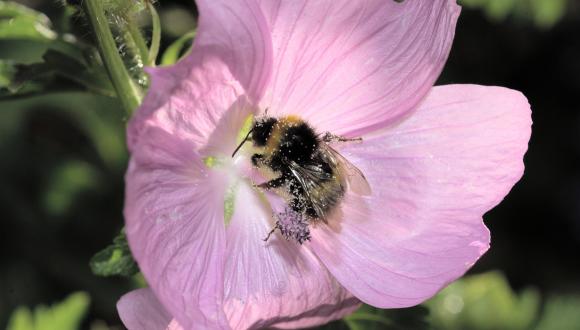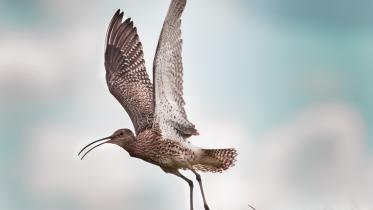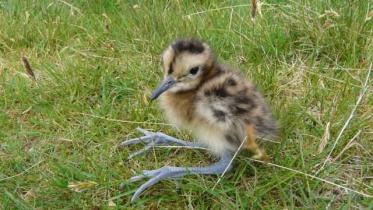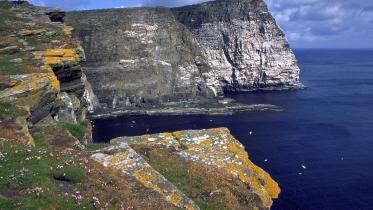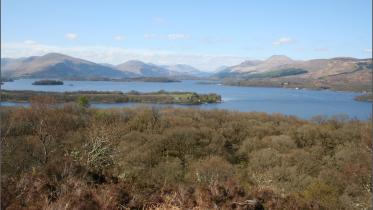Guidance - Assessing habitats for deadwood invertebrates
Published: 2019
Background
Deadwood or saproxylic species depend on dead and decaying wood for at least part of their lifecycle (Speight, 1989). Deadwood invertebrates, mostly beetles, represent about 6% of all British invertebrates (Alexander, 1999) and 20% of the entire British fauna (Elton, 1966). There are 242 designated sites in Scotland (SSSIs, RAMSAR and SACs) featuring invertebrate interests, of which deadwood species, individually or as part of assemblages, are listed in 49 (~20%) sites.
Together with fungi, deadwood invertebrates contribute to the break-down and decomposition of plant matter, promoting the cycling of nutrients and soil enrichment, thus increasing overall forest productivity and biodiversity (Speight, 1989; Alexander, 2008; Stokland et al., 2012). Decaying wood and its saproxylic fauna play other vital roles in terrestrial ecosystems, including capturing carbon, shaping watercourses, influencing geomorphology, and contributing to the formation of humus (Hodge & Peterken, 1998; Dajoz, 2000; Cheesman & Wilde, 2003). Therefore the quality and quantity of deadwood and its fauna are considered indicative of the quality of forest habitats (Alexander, 2004; Lassauce et al., 2011).
Threats to deadwood invertebrates
Deadwood insects are the most threatened community of invertebrates in Europe (Alexander, 2004). There are around 1,700 species in Britain, of which about 40% are RDB or Nationally Scarce (Alexander, 2005). Of the 771 scarce woodland invertebrate species listed for the UK, 264 (34%) require deadwood habitats (Hodge & Peterken, 1998).
The main reason for these levels of threat and rarity are the removal and reduction in quality of dead and decaying wood, which historically have been considered as signs of poor forest management (McGee et al., 1999; Larsson & Danell, 2001; Siitonen, 2001). In commercial forestry, dead and decaying wood have been cleared to make way for new tree planting, or felled and burned to protect crops from pests (Winter, 1993); in urban environments, old trees are removed due to safety concerns. Unmanaged forests accumulate annually 50-200 m3 of deadwood per hectare, whereas in a conventionally managed forest this volume could be as low as 1-5 m3 (Albrecht, 1991).
Deadwood habitats are dynamic and ephemeral; as their components decompose and mature, microhabitats continually disappear and new ones are created. For example, decaying sap under bark and decaying sapwood, which are required by most deadwood flies, last about four years; afterwards they dry out (Rotheray et al., 2001). Saproxylic species are unlikely to survive in the long run when the supply of deadwood is interrupted, and its natural levels cannot be re-created in forests from which timber is extracted (Hodge & Peterken, 1998).
The main threats to deadwood invertebrates in Britain are (Harding & Alexander, 1993; Key & Ball, 1993):
- Removal of diseased or dead trees and branches.
- Improvement of pasture woodlands, including ploughing and fertilizing.
- Harmful arboriculture practices such as filling of cavities.
- Planting exotic tree species unsuitable as deadwood habitats.
- Collecting of firewood.
- Invasive shrubs and trees.
- Introduced pests and pathogens.
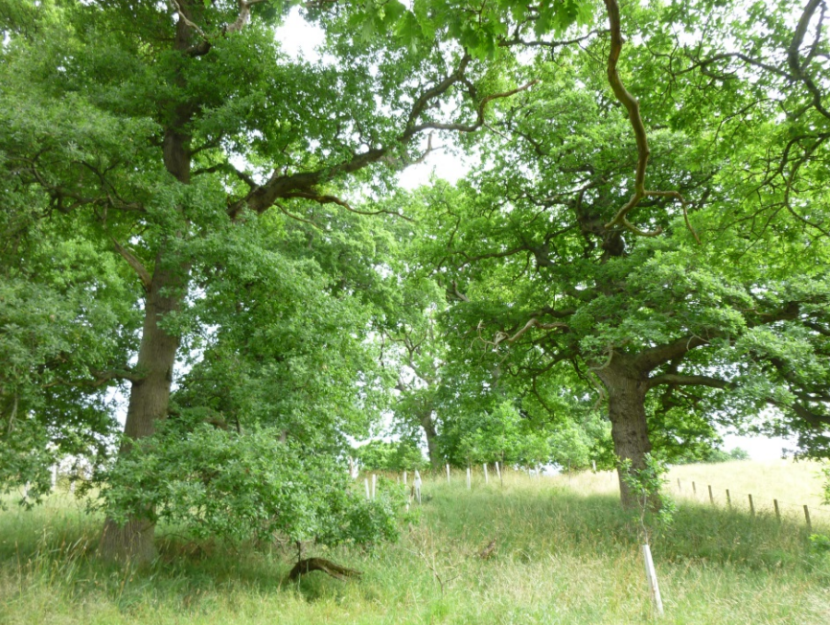
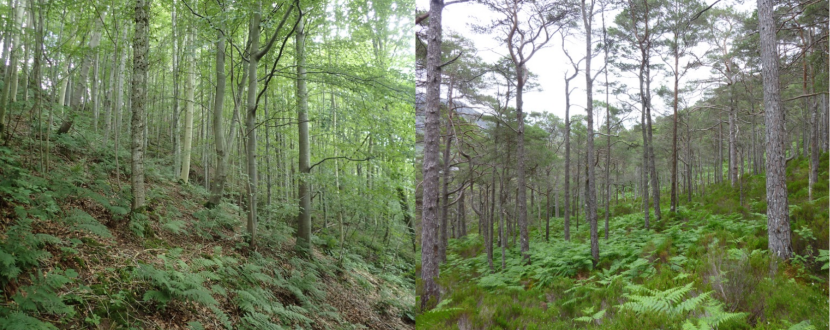
Block plantings, which prevent a diversified age structure of the forest.
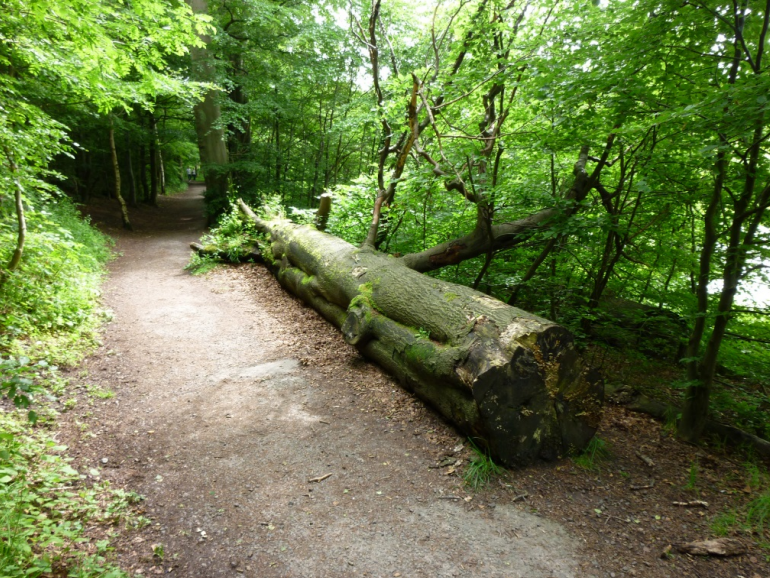
Felling of mature trees for the sake of public safety or aesthetic reasons.
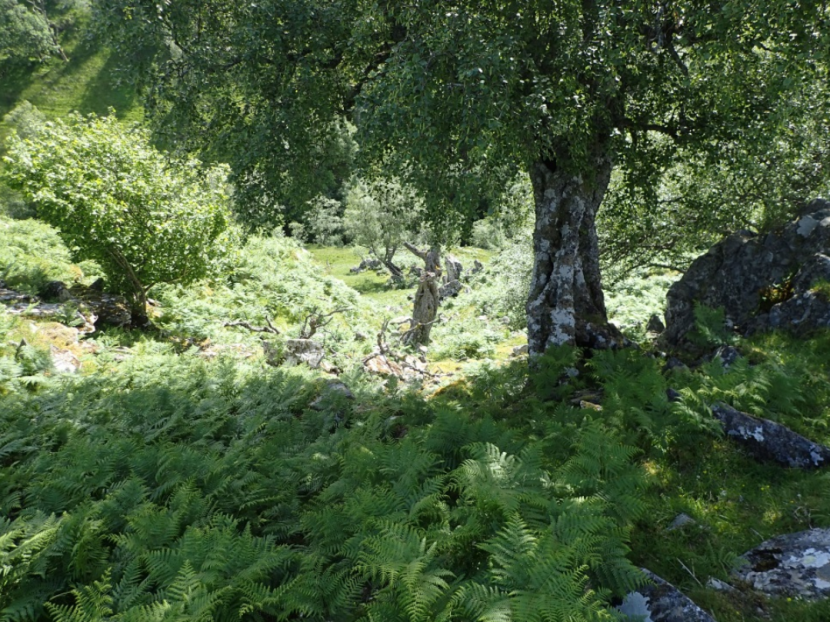
Overgrazing, which stops regeneration.
Assessment approach
The number of trees and their age distribution, woodland structural diversity (from open-grown trees to closed-canopy stands) and continuity of dead wood components are the main determinants of saproxylic habitat quality (Alexander, 2008; Sverdrup-Thygeson et al., 2010; Bergman et al., 2012; Stokland et al., 2012).
There are methods for calculating the volume and number of deadwood components (e.g., Humphrey et al., 2002; Humphrey & Bailey, 2012), but they are not practical or affordable for most purposes. Moreover, deadwood volume alone is not sufficient for assessing site quality (Alexander, 2018).
Deadwood habitat assessment comprises two main objectives:
- Identify existing or potential threats.
- Note features most relevant to deadwood invertebrates.
Spot photographs are helpful for recording habitat condition and structure (Figure 5).
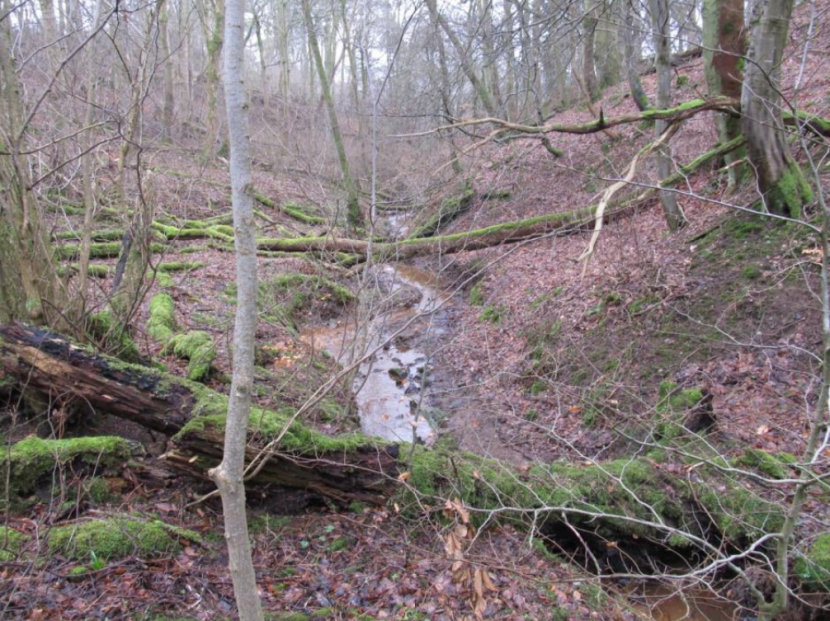
These images should be identified by date, precise location (coordinates), and compass bearing.
Most deadwood invertebrates require specific micro-habitats. For example, among the 44 species of beetle restricted to pine in Scotland, 38 are saproxylic, of which 25 are associated with the subcortical layer, 6 with bracket fungi, 4 with decaying heartwood and 3 with roots and stumps (Hunter, 1977).
These are the main deadwood components (Cathrine & Amphlett, 2011; Stokland et al., 2012):
- White-rotten or red-rotten heartwood wood (the dead core of a live tree or large branch).
- Loose bark and moss on living and dead trees and branches.
- Holes resulting from insect boring.
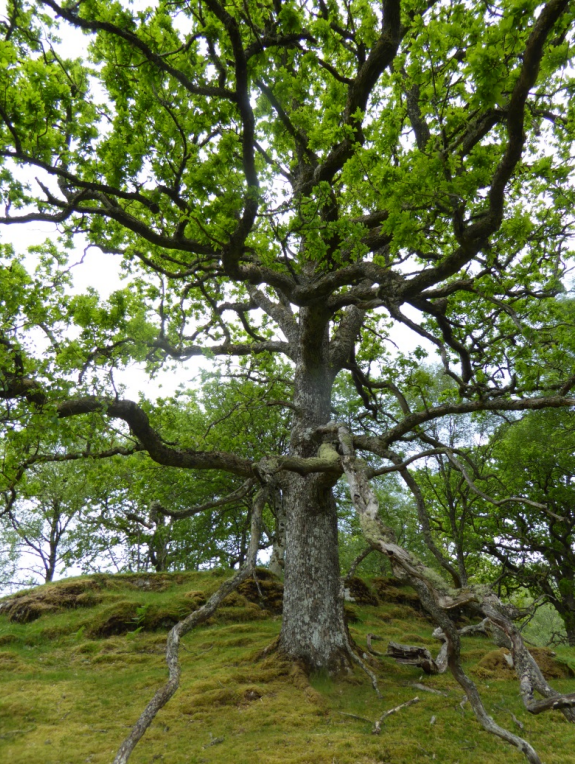
They are important in providing a range of microhabitats to the deadwood fauna. Veteran trees are not necessarily very old, but do have the ageing features with particularly high conservation value, such as dead limbs, hollows, rot-holes, water pools, seepages, and epiphytic plants and lichens (Read, 2000).
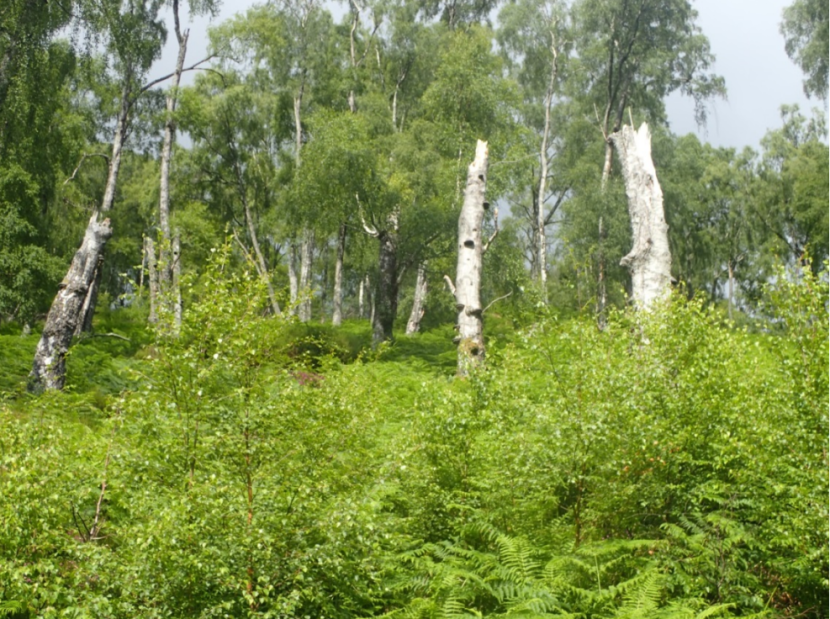
Standing or fallen dead trunks, stumps and roots. If dry, these microhabitats are particularly important to beetles.
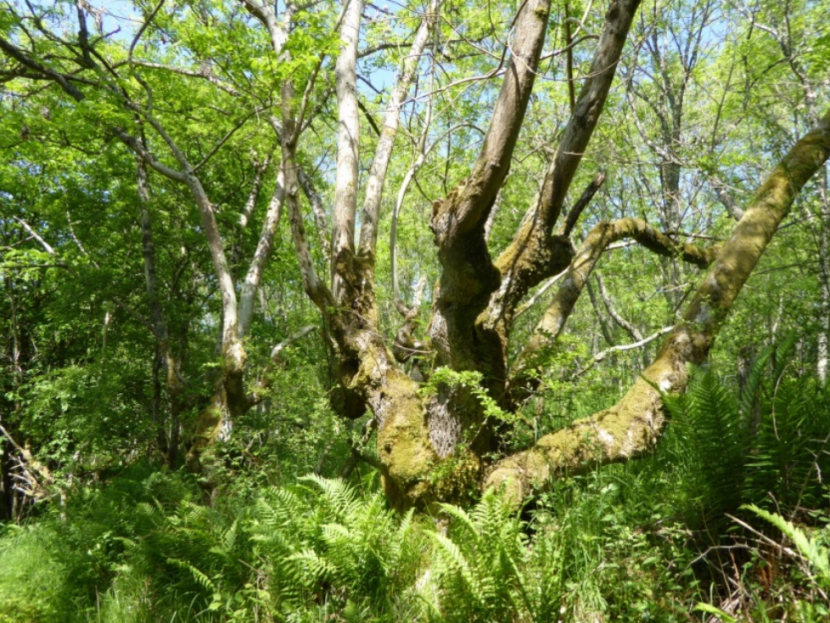
Rotting heartwood and rot holes filled with water or debris in standing dead or living trees. These microhabitats are important to flies, especially hoverflies.
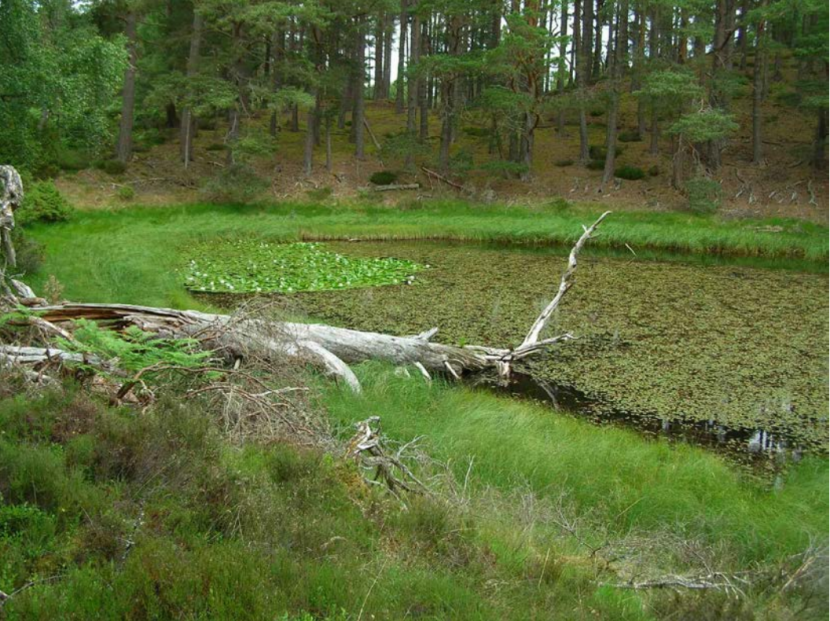
Fissured or rotting bark, particularly where trunks or branches touch standing water.
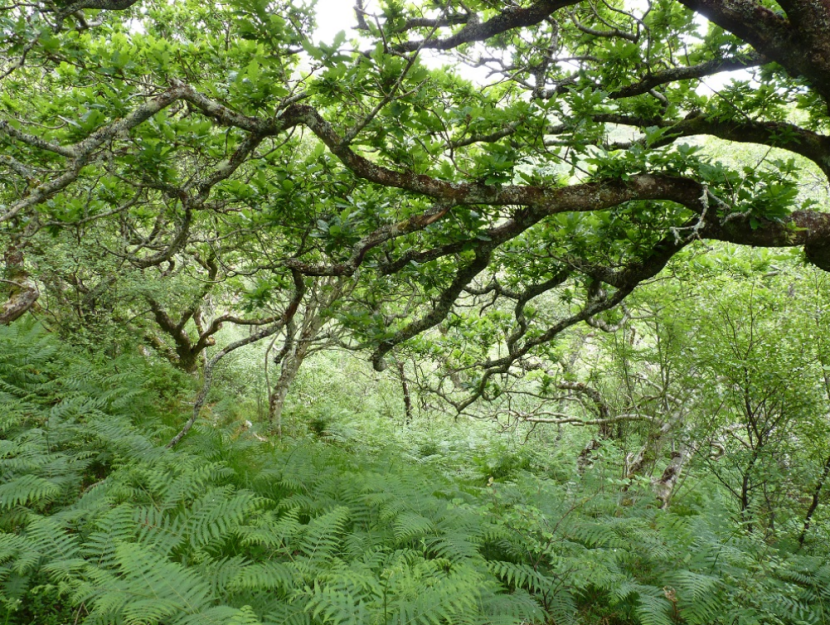
Dead sections on live trees such as bark and branches.
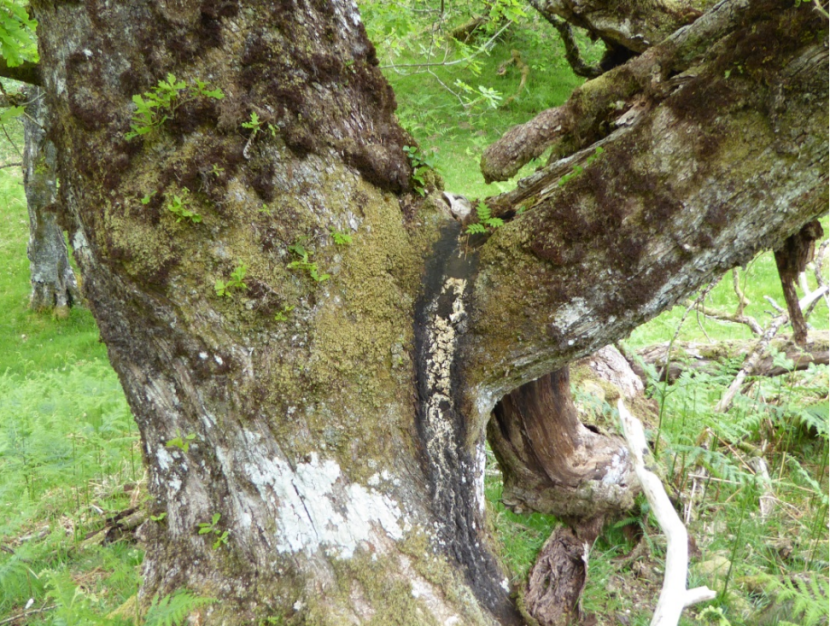
Sap runs and other exudations.
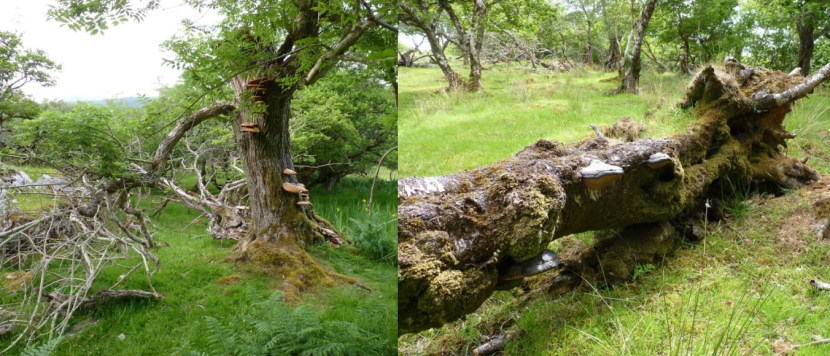
Hoof fungus and other fungal bodies on standing dead trunks or branches. A large proportion of beetle and fly species, especially in boreal forests, are fungivorous, that is, feed on fungus (Komonen et al., 2001).
Rides, tracks and way-leaves with sunny, flower-rich margins can function as clearings if they are wide enough and properly maintained.
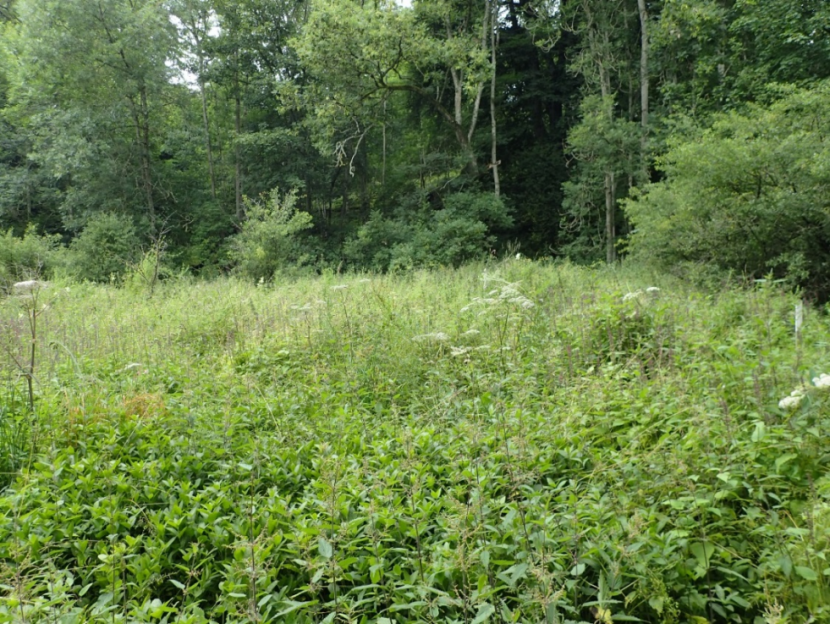
Canopy gaps resulting from fires and tree falls are important woodland features because they provide areas for feeding, sunning and breeding for the deadwood fauna and other invertebrates.
The following aspects of clearings are to be noted:
- Their size.
- The relative change in area in relation to previous monitoring.
- Encroachment by scrub and tall vegetation.
- Tree planting or regeneration schemes around clearings.
- Grazing regime, particularly if there were changes.
Nectar sources in clearings are important. Umbellifers, holly (Ilex aquifolium), wild privet (Ligustrum vulgare), crab apple (Mallus sylvestris), wild pear (Pyrus pyraster), rowan (Sorbus aucuparia) and bramble (Rubus spp.) are especially useful.
The publication Managing deadwood in forests and woodlands is recommended for further guidance for saproxylic invertebrates site assessment.
Management practices
The first principle of management is to keep in mind that habitat quality is more important than deadwood volume (Kirby, 1992; Davies et al., 2008; Bremer & Farley, 2010; Bellamy & Charman, 2012).
Deadwood should decay naturally. Fallen wood should be left where it falls, especially large diameter (> 20 cm) trees, which are the most valuable deadwood components for invertebrate 11 richness. Partially submerged wood is particularly important; the majority of deadwood species require moist conditions, and waterlogged timber is a specialist habitat for some of the rarest deadwood species (Alexander et al., 1996). Moreover, woody debris is important for the stability and biology of riverine habitats in forest catchments (Gurnell et al., 1995).
Where cutting of dead or dying wood is unavoidable, trimming or removal of individual branches should be considered first, leaving other branches and the trunk standing. Stumps should be left as high above the ground as possible.
If it is not possible to leave deadwood on site, the material should be moved to a shaded area as close as possible to the site of origin. Dead wood in full sunshine quickly dries out. Stacks of wood should be as big as possible to retain moisture.
The best invertebrate habitats comprise plants of a wide range of age and height, which maximise the diversity of niches and microhabitats. Some of these plants (e.g., hawthorn and blackthorn) are sources of pollen. Gradual transitions at woodland edges and ride margins are also desirable.
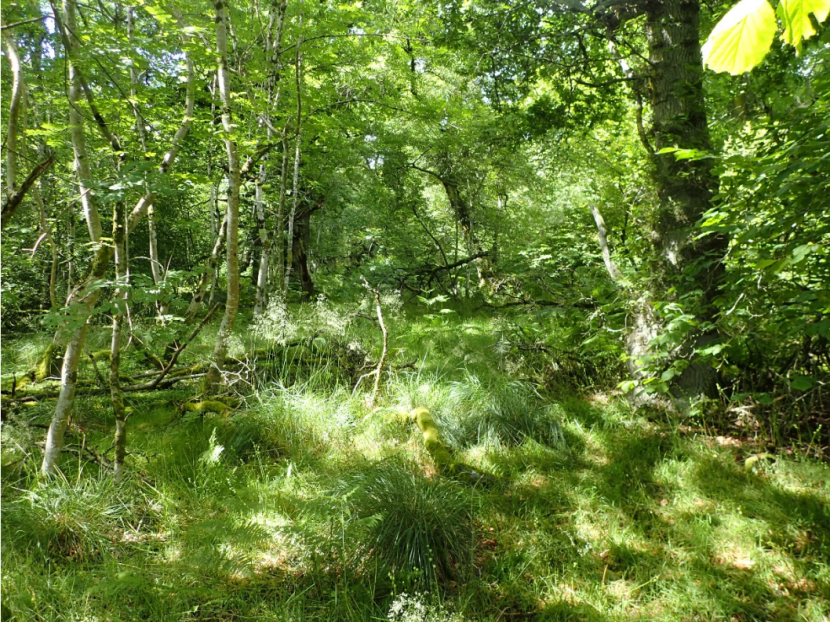
Non-forestry components such as under-storey trees, climbers (e.g., ivy, honeysuckle) and shrubs such as hazel, hawthorn and brambles enhance biodiversity and provide food and shelter for many invertebrates.
References
Albrecht, L. 1991. Die Bedeutung des toten Holzes im Wald. Forstwissenschaftliches Centralblatt 110: 106-113
Alexander, K. N. A. 1999. The invertebrates of Britain’s wood pastures. British Wildlife 11: 108-117.
Alexander, K.N.A. 2004. Revision of the Index of Ecological Continuity as Used for Saproxylic Beetles. English Nature Research Report 574. English Nature, Peterborough, UK.
Alexander, K.N.A. 2005. Wood decay, insects, paleoecology and woodland conservation policy and practice – breaking the halter. Antennae 29: 171-178. Alexander, K.N.A. 2008. Tree biology and saproxylic Coleoptera: issues of definitions and conservation language. pp 9-13 In: V. Vignon and J.F. Asmode (eds), Proceedings of the 4th Symposium and Workshop on the Conservation of Saproxylic Beetles, Vivoin.
Alexander, K.N.A. 2012. Site Condition Monitoring of Invertebrate Features Bothwell Castle Grounds SSSI. Scottish Natural Heritage report.
Alexander, K.N.A. 2013a. Site Condition Monitoring of invertebrates at Jedwater Woodlands SSSI. Scottish Natural Heritage report.
Alexander, K.N.A. 2013b. Site Condition Monitoring of invertebrates at Beinn Eighe SSSI. Scottish Natural Heritage report.
Alexander, K.N.A. 2016a. Site Condition Monitoring of Invertebrate Features: Kippenrait Glen SSSI. Scottish Natural Heritage report.
Alexander, K.N.A. 2016b. Site Condition Monitoring of Invertebrate Features: Glen Lochay Woods SSSI. Scottish Natural Heritage report.
Alexander, K.N.A. 2016b. Site Condition Monitoring of Invertebrate Features: Glen Lochay Woods SSSI. Scottish Natural Heritage report.
Alexander, K.N.A. 2018. Saproxylic invertebrate survey of Wye Valley woodlands Special Area of Conservation (SAC) in 2017. NRW Evidence Report No. 245, Natural Resources Wales, Bangor.
Alexander, K., T. Green & R. Key. 1996. The management of overmature tree populations for nature conservation - the basic guidelines. In: Pollard and veteran tree management II; ed. by H.J. Read 122-135, Corporation of London. Bergman, K-O., Jansson, N., Claesson, K., Palmer, M.W. and Milberg, P. 2012. How much and at whatscale? Multiscale analyses as decision support for conservation of saproxylic oak beetles. Forest Ecology and Management 265: 133-141.
Bellamy, P. & E. Charman. 2012. Review of biodiversity impacts of practices typically undertaken in certified forests in Britain and Ireland. RSPB Research Report No. 46.
Bremer, L. & K. Farley, K. 2010. Does plantation forestry restore biodiversity or create green deserts? A synthesis of the effects of land-use transitions on plant species richness. Biodiversity and Conservation 19: 3893-3915. Cathrine, C. & Amphlett, A. 2011. Deadwood: Importance and Management. In Practice 73: 11-15. Cathrine, C., Norris, G., Wiswell, H., Gleed-Owen, C., Wilkinson, G., Willet, J. & Shanks, S. 2015. Site Condition Monitoring of invertebrate features at 19 designated sites in Scotland. Scottish Natural Heritage report.
Cathrine, C., Foster, G., Norris, G. & Currie, N. 2016a. Site Condition Monitoring of beetle assemblage features at 11 designated sites in Scotland. Scottish Natural Heritage report.
Cathrine, C., Norris, G., Falk, S., Gleed-Owen, C., Currie, N. & Gillen, C. 2016b. Site Condition Monitoring of invertebrate assemblage features at six designated sites in Scotland 2015. Scottish Natural Heritage report.
Carpaneto, G.M., Mazziotta, A., Coletti, G., Luiselli, L. and Audisio, P. 2010. Conflict between insect conservation and public safety: the case study of a saproxylic beetle (Osmoderma eremita) in urban parks. Journal of Insect Conservation 14: 555–565.
Cheesman, O.D. & Wilde, I.S.H. 2003. Research on Saproxylic Invertebrates in the UK. Appendix I - Ecology and conservation of saproxylic invertebrates in the UK: a literature review. Unpublished report to English Nature, CABI Bioscience, Egham, UK.
Dajoz, R. 2000. Insects and Forests – the role and diversity of insects in the forest environment. Intercept, London, UK.
Davies, Z.G., Tyler, C., Stewart, G.B. & Pullin, A.S. 2008. Are current management recommendations for conserving saproxylic invertebrates effective? Biodiversity Conservation 17: 209–234
Elton, C.S. 1966. Dying and dead wood. In: The Patterns of Animal Communities. John Wiley, New York, 279-305.
Gurnell, A.M., K.J. Gregory & G.E. Petts. 1995. The role of coarse woody debris in forest aquatic habitats: Implications for management. Aquatic Conservation: Marine and Freshwater Ecosystems 5: 143-166.
Harding, P.T. & Alexander, K.N.A. 1993. The saproxylic invertebrates of historic parklands: progress and problems. In: Kirby KJ, Drake CM (eds) Dead wood matters: the ecology and conservation of saproxylic invertebrates in Britain. English Nature Science 7, English Nature, Peterborough, pp 58–73.
Hodge, S.J., & Peterken, G.F. 1998. Deadwood in British forests Priorities and a strategy. Forestry 71: 99-112.
Hunter, F.A. 1977. Ecology of pinewood beetles. In: Native pinewoods of Scotland, edited by R.G.H. Bunce & J.N.R. Jeffers,42-55. Cambridge: Institute of Terrestrial Ecology.
Humphrey, J. & Bailey, S. 2012. Managing deadwood in forests and woodlands. Forestry Commission Practice Guide. Forestry Commission, Edinburgh. Humphrey, J., Stevenson, A., Whitfield, P. & Swailes, J. 2002. Life in the deadwood: a guide to managing deadwood in Forestry Commission forests. Forest Enterprise, Environment & Communications, Edinburgh.
Key, R.S. & Ball, S.G. 1993. Positive management for saproxylic invertebrates. In: Kirby KJ, Drake CM (eds) Dead wood matters: the ecology and conservation of saproxylic invertebrates in Britain. English Nature Science 7, English Nature, Peterborough, pp 89–105.
Kirby, P. 1992. Habitat management for invertebrates: a practical handbook. Royal Society for the Protection of Birds, Sandy.
Kirkland, P., Cathrine, C., Bairner, S., Macadam, C. & Willet, J. 2012. Site Condition Monitoring of Invertebrate Assemblages at 10 Designated Sites in Scotland. Scottish Natural Heritage report.
Komonen, A., J. Siitonen & M. Mutanen. 2001. Insects inhabiting two old-growth forest polypore species. Entomologica Fennica 12: 3-14.
Larsson, S. & Danell, K. (2001). Science and the management of boreal forest biodiversity. Scandinavian Journal of Forest Research 3: S5-9.
Lassauce A., Paillet Y., Jactel H. & Bouget C. 2011. Dead wood as a surrogate for forest biodiversity: Meta-analysis of correlations between dead wood volume and species richness of saproxylic organisms. Ecological Indicators 11: 1027–1039.
McGee, G.G., Leopold, D.J. & Nyland, R.D. 1999. Structural characteristics of old growth, maturing, and partially cut northern hardwood forests. Ecological Applications 9: 1316-1329.
Read, H. 2000. Veteran trees: A guide to good management. English Nature, Peterborough.
Rotheray, G.E., Hancock, G., Hewitt, S., Horsfield, D., MacGowan, I., Robertson. D. & Watt, K. 2001. The biodiversity and conservation of saproxylic Diptera in Scotland. Journal of Insect Conservation 5: 77-85.
Siitonen, J. 2001. Forest management, coarse woody debris and saproxylic organisms: Fennoscandian boreal forests as an example. Ecological Bulletin 49: 11-41.
Speight, M.C.D. 1989. Saproxylic invertebrates and their conservation. Nature and environment. Strasbourg: Council of Europe.
Stokland, J.N., Siitonen, J. and Jonsson, B.G. 2012. Biodiversity in dead wood. Cambridge University Press, Cambridge.
Telfer, M.G. 2011. Coille Thogabhaig SSSI – beetles. Scottish Natural Heritage report.
Winter, T. 1993. Dead Wood – is it a threat to commercial forestry? In Dead Wood Matters: the ecology and conservation of saproxylic invertebrates in Britain, eds. K.J. Kirby & C.M. Drake, English Nature Science 7. English Nature, Peterborough, UK.
Disclaimer: Scottish Natural Heritage (SNH) has changed its name to NatureScot as of the 24th August 2020.
At the time of publishing, this document may still refer to Scottish Natural Heritage (SNH) and include the original branding. It may also contain broken links to the old domain.
If you have any issues accessing this document please contact us via our feedback form.
